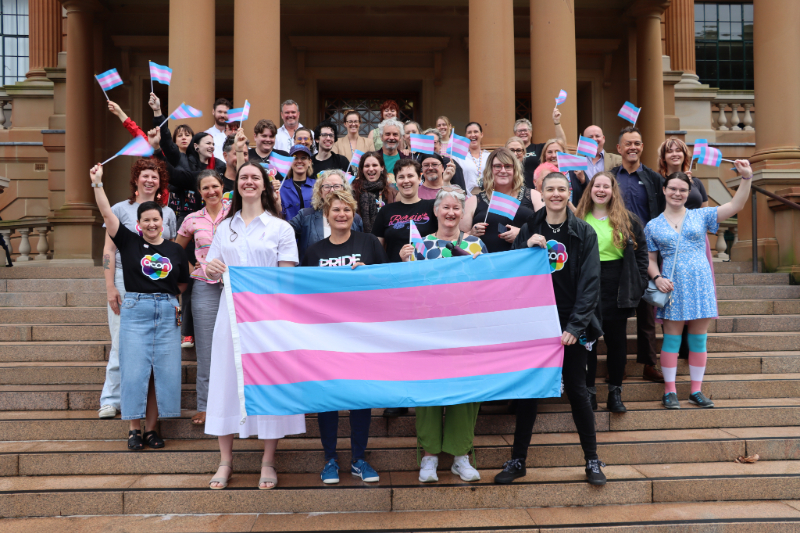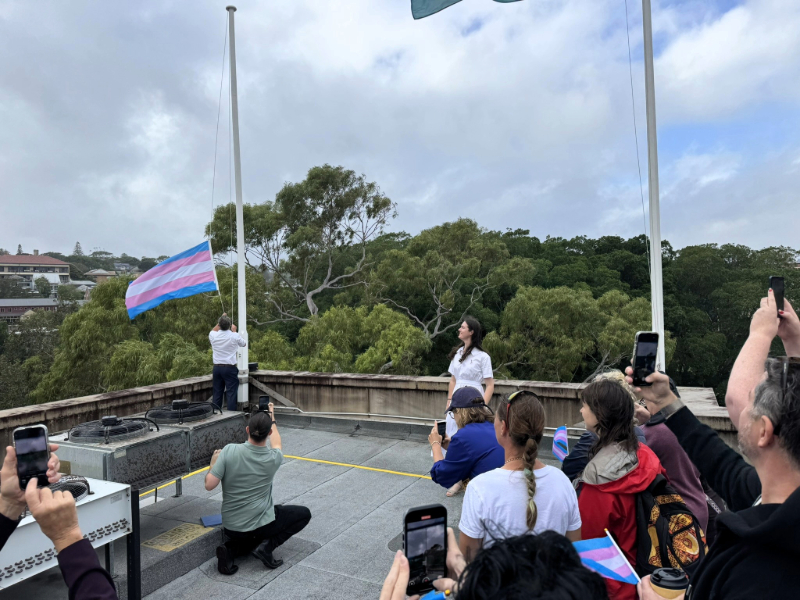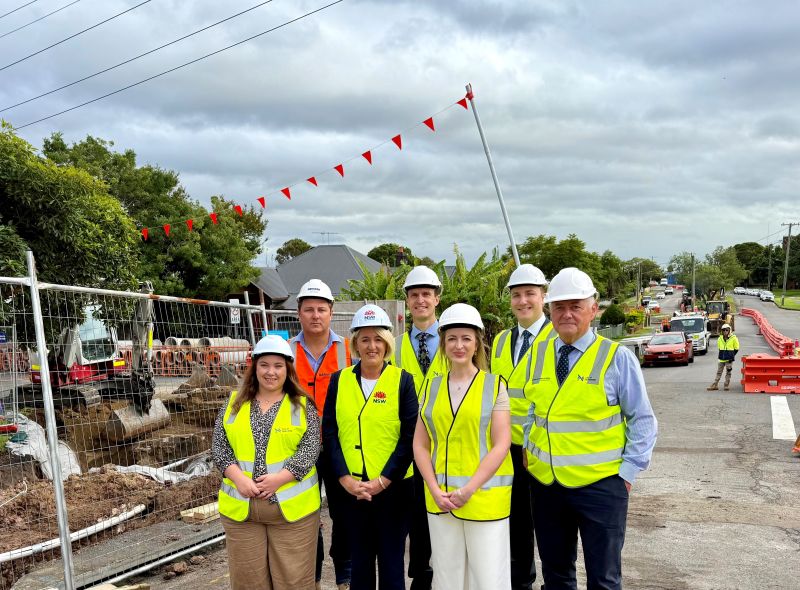A re-elected Albanese Labor Government will crack down on price gouging by supermarkets because Australian families deserve fair prices for their groceries.
Australians shouldn’t be treated like mugs at the checkout – that’s why Labor will make supermarket price gouging illegal.
This is another cost-of-living relief measure the Albanese Government is taking – along with tax cuts for every tax payer, energy bill relief and cheaper medicines.
It is unfair and un-Australian for supermarkets to exploit consumers by inflating prices and profits when they do not face enough competition.
A re-elected Labor Government will confront price gouging to fix a key gap in Australia’s competition and consumer protection framework.
Laws to protect consumers from companies abusing their market power through excessive pricing are in place in the European Union, United Kingdom and over 30 states in the US in particular circumstances.
We want Australians to have these protections.
As a first step, Labor will implement the Australian Competition and Consumer Commission’s (ACCC) supermarket inquiry report recommendations that will improve transparency about prices, price trends and promotions, and loyalty programs.
This includes mandatory and harmonised minimum information and notification requirements about prices and changes in product sizes for both consumers and fresh produce providers.
We will establish a taskforce to provide advice on introducing an excessive pricing regime for supermarkets that would be policed by the ACCC.
This advice will consider other countries’ laws and options suitable for Australia.
The taskforce will include Treasury, the ACCC and other market and regulatory experts. It will consult on the approach and report to the Government within six months with a way forward on this regime.
While Australia does have protections that prevent companies abusing their market power, unlike other countries these laws do not prohibit excessive pricing. Our reforms will ensure the ACCC can investigate a broader range of concerning pricing practices by supermarkets with market power.
This is about holding big business to account, not the staff working behind the checkout.
Those workers are facing the same pressures as every Australian, are just doing their jobs, and deserve safety and respect.
Labor is determined for Australians to get a better deal at the checkout.
That’s why we:
- Have made the Food and Grocery Code mandatory from 1 April 2025
- Are tackling shrinkflation by strengthening the Unit Pricing Code and introducing penalties for breaches
- Have increased resourcing for the ACCC to undertake enforcement and increased penalties for anti-competitive conduct.
While Labor is laser focused on helping families manage cost of living pressures caused by the world-wide inflation surge, the Coalition has opposed every cost-of-living measure the Government has proposed.
Last year, they voted against fairness for families and farmers and wouldn’t back Labor’s bill that warned supermarkets we were serious about cracking down on dodgy behaviour.
And they will introduce laws to make every taxpayer pay more income tax, hurting Australians’ hip pockets even more.
Peter Dutton’s $350 billion in cuts will hit regulators, like the ACCC, making it easier for conduct that hurts Australians to go unchecked.
Prime Minister, Anthony Albanese:
“Labor will make price gouging by supermarkets illegal.
“Because Australian families deserve a fair price at the checkout and Australian farmers deserve a fair price for their goods.”
Treasurer Jim Chalmers:
“Labor is making sure Australians aren’t being treated like mugs.
“We’re delivering a better deal for families at the checkout and a better deal for farmers at the farm gate.
“Our plan helps deliver more competition, fairer prices and better deals for Australians.
“The biggest threat to household budgets is Peter Dutton. He will jack up taxes and cut essential services and make Australians worse off.”
Assistant Minister for Competition, Charities and Treasury Andrew Leigh:
“A fair market needs fair rules. When competition is weak, prices go up and families pay the cost.
“It’s time Australians had the same protections from excessive pricing as consumers overseas.”

 Cr Paige Johnson holds the Transgender Pride flag on the steps of City Hall, joined by Federal Member for Newcastle Sharon Claydon, Cr Charlotte McCabe, Cr Mark Brooker, City of Newcastle staff and a range of friends and supporters.Councillor Paige Johnson, the first openly trans woman to be elected to public office in NSW, said visibility is a key theme of today’s celebration.
Cr Paige Johnson holds the Transgender Pride flag on the steps of City Hall, joined by Federal Member for Newcastle Sharon Claydon, Cr Charlotte McCabe, Cr Mark Brooker, City of Newcastle staff and a range of friends and supporters.Councillor Paige Johnson, the first openly trans woman to be elected to public office in NSW, said visibility is a key theme of today’s celebration.
 Cr Deahnna Richardson, Minister for the Hunter Yasmin Catley, Cr Elizabeth Adamczyk and Lord Mayor Ross Kerridge, with (rear) Daracon Project Manager Matthew Jensen, City of Newcastle Executive Manager Project Management Office Robert Dudgeon and Deputy Lord Mayor Callum Pull, visited Longworth Avenue, Wallsend today
Cr Deahnna Richardson, Minister for the Hunter Yasmin Catley, Cr Elizabeth Adamczyk and Lord Mayor Ross Kerridge, with (rear) Daracon Project Manager Matthew Jensen, City of Newcastle Executive Manager Project Management Office Robert Dudgeon and Deputy Lord Mayor Callum Pull, visited Longworth Avenue, Wallsend today